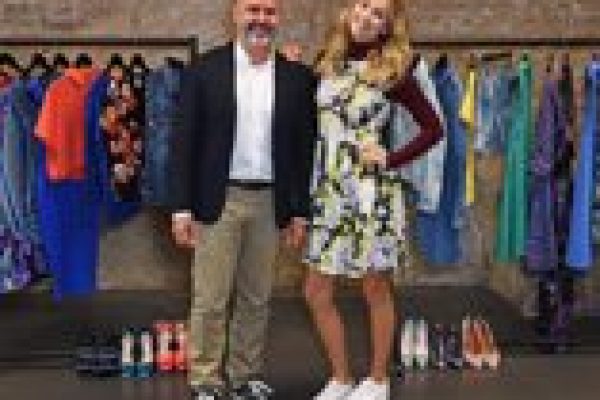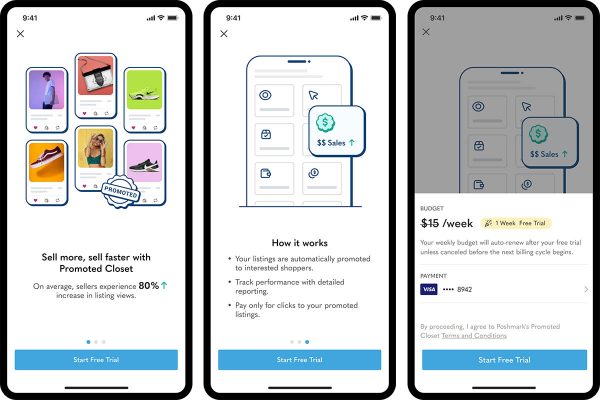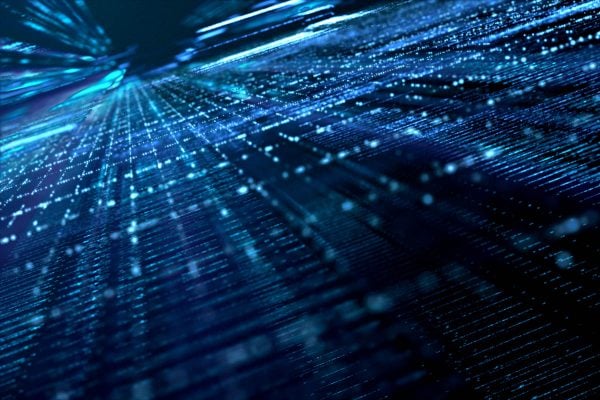I’ve known Mark and Philomena for many years and often browsed their collectible items on eBay (and even bought a couple). One thing that’s always impressed me is the quality of their images, especially for items such as glass which is notoriously difficult to photograph. Now they’ve set up a new business, Business Photography, and have agreed to share some of the secrets of great product shots that you can do yourself, as well as tips on choosing a commercial photographer.
The internet is a totally visual medium, everything your customer accesses is visually based. The quality of the visual imagery the customer sees is fundamentally important, so having high quality consistent images is paramount to the identity of a brand.
There are basically two options for producing images of product – “Do it Yourself” or “Bring in a Professional”.
DIY – The seller of single small items:
 I will start right here off the bat and say that if you are selling single items below a value of £100.00, then you should be taking your own pictures. Why? Simply because your profit margin will not soak up the cost of a professional commercial photographer whose prices are typically going to range from £20 – £15 for a single image (lower for multiples).
I will start right here off the bat and say that if you are selling single items below a value of £100.00, then you should be taking your own pictures. Why? Simply because your profit margin will not soak up the cost of a professional commercial photographer whose prices are typically going to range from £20 – £15 for a single image (lower for multiples).
Whilst you will not be able to equal the image quality that a professional provides, you will be able to supply acceptable quality images if you invest in a good basic setup.
Our recommendation for equipment:
- A with macro and minimum 10mp (Fuji make some good bridge cameras, £200 – £300) and a good (£80.00)
- A (purchase the largest you can fit on a table – 100cm x 100cm x100cm is a good size for small to medium sized product, £25 – £40 should get a decent quality tent)
- with stands (daylight balanced) – with as much power as you can afford (more light = faster shutter speeds), expect to pay £200 for about 2400w of light
- An image editor like which will enable you to batch process images quickly – £220.00 (you could use Gimp which is free but it will not be as quick with batch processing we imagine)
- A decent computer that can handle lots of images being edited at once – minimum spec: Windows 7, 4gig ram, decent processor and an external drive for storage of the images
- Preferably – an area dedicated to photography, so that your setup is ready for use continuously
Setup
- Choose a mid tone grey background for your backdrop in your tent, white backgrounds (pure white) is very hard to achieve and takes professional level skills, whereas a mid-tone is forgiving and will give a background to contrast a light or dark item against enabling high turnover of images produced
- Do not use bright colours as your background as they produce strong colour casts, white should look white, a red background will make white look pink
- Remove/blank all sources of light other than the daylight bulb lighting, this stops lots of lighting problems
- Set your lights so that you have one shining on top of the tent and two to one side to create some contrast in the tent
- Set your camera to its auto mode with macro and shoot in JPEG
- When taking the images think about your framing of the image, get it right in the camera so that you don’t need to crop in software
- Keep your setup consistent and your images will remain consistent
- Bulk edit in Lightroom and make sure that when you export your images you reduce them to a standard web resolution size (640 x 640 is a good middle ground we feel)
Bring in the professional – the seller of multiple quantity items
 Have you ever heard the saying that “accountants pay for themselves”? A professional commercial photographer does the very same thing, they produce images that help you sell your product because they know how to portray quality and professionalism. They invest substantial sums to deliver this level of quality through equipment and knowledge.
Have you ever heard the saying that “accountants pay for themselves”? A professional commercial photographer does the very same thing, they produce images that help you sell your product because they know how to portray quality and professionalism. They invest substantial sums to deliver this level of quality through equipment and knowledge.
The cost of producing the images will be proportionally small to the sales attached to that image, one image for £20.00 that helps sell 300 items is not expensive.
Quality of image helps differentiate between competitors, look at the competition, how good are their images? Now compare yourselves to them. Examine the market leaders and the trendy e-commerce giants, these tend to invest in high quality images.
The type of seller that should use professional help will probably be selling cross platform on many sites and be handling large ranges of stock and will be looking for growth.
The images produced should fill certain criteria
- Pure white background – the industry standard in the majority of cases
- High contrast and colour corrected images (Ebay are considering using contrast in images as a factor in Best Match – 3rd party platform companies like you to have good images)
- Consistent images – using stock images from different suppliers will result in inconsistent quality, lighting and backgrounds and usually the images are small and therefore of poor quality when expanded
- Branding in the form of subtle watermarking can again be used to support marketing as can your consistent style
Finding a professional commercial photographer
- Ascertain their skill-set in this niche area of commercial photography, they should have a website with examples of their product shots which you can examine
- Understand what they provide for the price, make sure basic colour correction, white balancing and removal of flaws is included, you do not want to be handed half finished images that need more money spending on them to make them usable
- Find a specialist in commercial photography, a wedding photographer will not be equipped to supply commercial product photography as a rule, neither will the “friend” with a camera
- Make sure that the photographer has the equipment to shoot on your premises if you have large runs, this will reduce transport costs
- Negotiate price discounts if you are requesting hundreds of images
We hope that helps your thoughts in this area and you find this a good introductory guide, if you need help or advice on this subject please feel free to contact Mark or Philomena at Business Photography








23 Responses
Great discussion, not many consider hiring professionals for product images as most would use a DIY light box.
The couple of images above look stunning and would be definitely worth the investment in a pro service.
Nice tips – agree with Mark, if you want to look like a trendy online giant, great product images (plus unique descriptions) are a must.
all a bit elitest and over complicated,
a few halogen desk lamps and a fairly basic camera A4 sheet of paper as back ground and an occasion tweak using google picasa does the job for us selling on ebay,
not many folk see or display their stuff with high tech lighting or enhance the look of it with software while its on the mantle piece,
the real trick with ebay is making an item look good in the picture, but not so good the buyers disappointed when it arrives
Totally agree.
All my images are macro and I tend to leave the dust on the subjects which in photographs under lighting shows up as specks. I could process the specks out but I deliberately do not. And then you have the jpeg compression which tends to soften the detail. Thing is the naked eye can’t see these dust specks when the item is in the hand so the item always looks much better and sharper than the customer imagines it to be.
Result is normally extremely satisfied customers and this has to please eBay as after all, other than your fees for your sale, this is what they want.
I don’t use eBay hosting and I happen to have used Fujis for years as suggested above as my view is these are the best macro enabled cameras. And all my images are branded and have a unique style and look so that regular buyers can readily identify me and my offerings when they scan the gallery images.
I think you make some fair points when selling used items or antiques. However if you’re selling brand new items it’s not quite such a valid argument.
I don’t see too many of the large retailers taking photographs anything less than perfect whether it be Rolex with watches worth thousands of pounds, Argos selling £10, £20 or £50 items or even Tesco or Asda selling a loaf of bread for a few pence.
When selling a used item you want the images to be truthful. When selling a new item you’re selling perfection and any blemishes will suggest the product will arrive less than perfect.
I agree with Chris. It’s about stakeholder management and if you want to have a long ongoing business you ultimately gain this from having permission to continue from your stakeholders. Do the right thing by them and you’ll do better in the long term.
I’m having a grand opening of my website and I’m looking for some product photographers. I have a limited number of free ads available to professional photographers to help grow your own business.
I think there are some good points being made about showing the condition of used items.
But I have never been an advocate of taking poor pictures to sell an item.
When selling used items, it is even more important to have accurate images.
That means the better quality principle still applies.
I would however agree, that photoshopping used items is not a good idea.
But a good lighting setup will give that accuracy.
Also please note, the article states that sellers of used items should setup their own mini studio as the cost of the photography will not benefit them.
then there is the time element! cropping enhancing and buggering about with pictures in general is costly in time and effort
stocking the shelves is the major problem for us and pictures need to be cost effective regardless of who takes them
As a retailer of collectables on ebay for over a decade , i agree with the comments that used items should look like used items.
That said , i’m currently advising a retailer who are selling brand new goods on ebay , but with poor images , which were making their products look like second-hand goods.